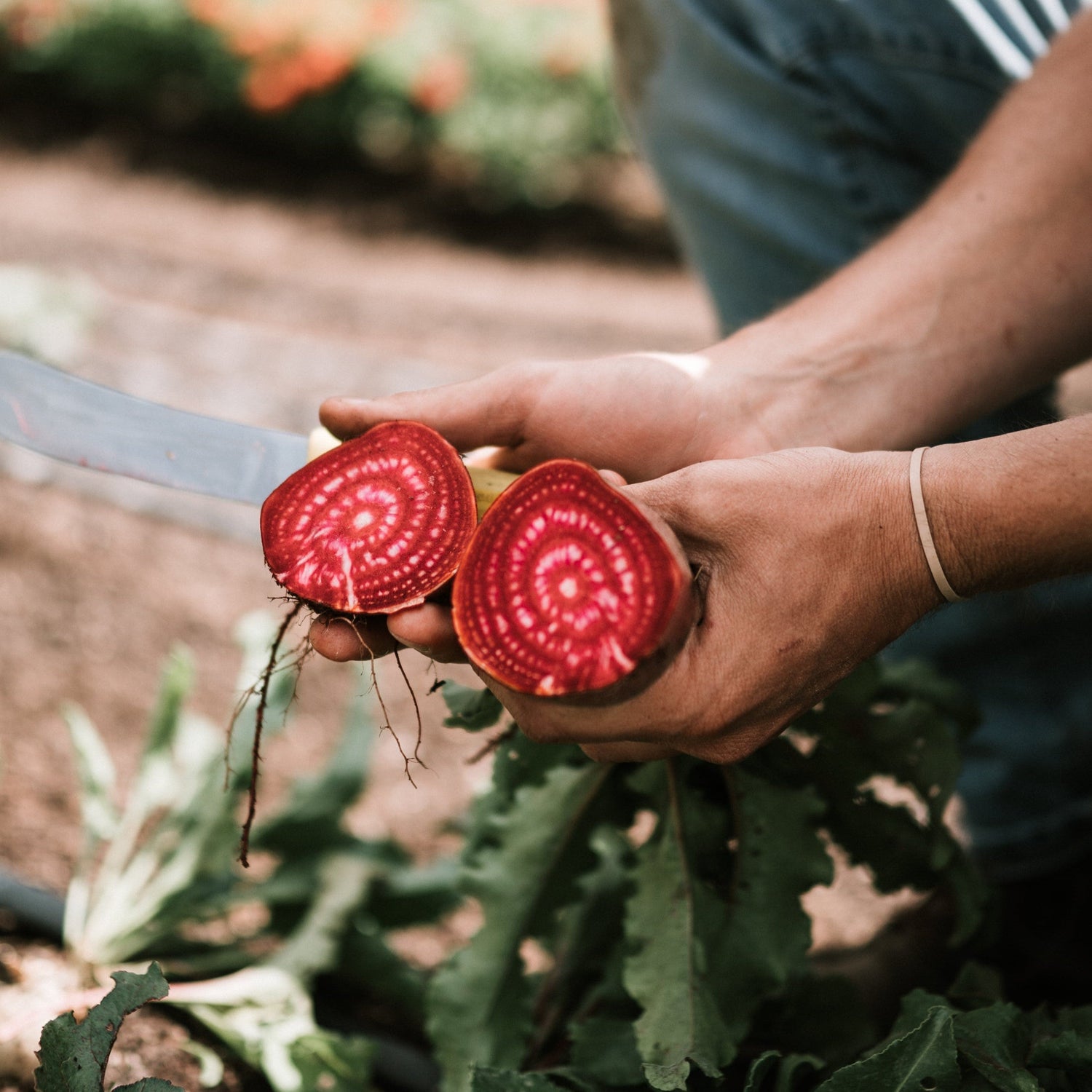Betaine
Home > Knowledge Zone > Ingredients > Betaine

What is betaine?
Properties and action of betaine
The use of betaine in cosmetics
Choose products for your baby's delicate skin
-
Contraindications to betaine
Home > Knowledge Zone > Ingredients > Betaine
